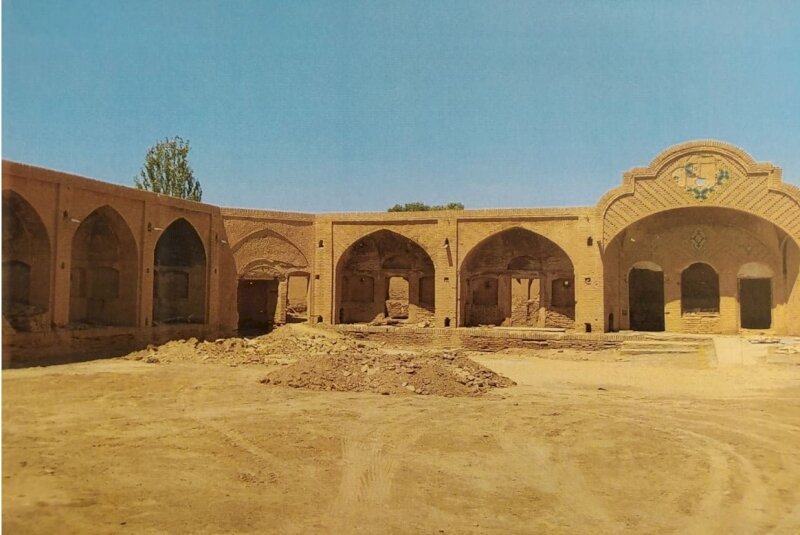Restoration begins on Dolat-Abad Caravanserai in central Iran

TEHRAN- A restoration project has been commenced on Dolat-Abad Caravanserai in Farahan county, central Markazi province, the provincial tourism chief has announced.
The caravanserai, which has been [temporary] ceded to the private sector, will be restored and revived so as to become a [profitable] tourism complex, Mostafa Marzban said on Tuesday.
The project involves reconstructing walls and arches, replacing worn-out materials, and repairing the foundation and other damaged parts, the official added.
A budget of 150 billion rials ($3.5 million at the official exchange rate of 42,000 rials per dollar) is to be invested in the project, he noted.
Due to its big size and convenient location, the caravanserai has a high value for investment as it is one of a few caravanserais in the province with beautiful architecture, he explained.
As a tourist attraction, the caravanserai can contribute both to the development of tourism within the province and the growth of employment, the official mentioned.
Markazi province is considered the industrial capital of the country. It is rich in natural, historical, cultural, and religious attractions.
Iranian caravanserais being ready for collective UNESCO tag
An all-inclusive dossier of a select of Iranian caravanserais is being prepared to be evaluated during the next session of the World Heritage Committee, which will be held in 2022.
Last year, the tourism ministry announced that Iran is developing a dossier for a selection of its historical caravanseries for a possible inscription on the UNESCO World Heritage list. In this regard, cultural heritage experts are assessing such monuments that are scattered across the country to make a shortlist in terms of their architecture, historical and cultural values.
Caravansary is a compound word combining “caravan” with “sara”; the former stands for a group of travelers and the latter means the building. They often had massive portals supported by elevated load-bearing walls. Guest rooms were constructed around the courtyard and stables behind them with doors in the corners of the yard.
ABU/AFM
